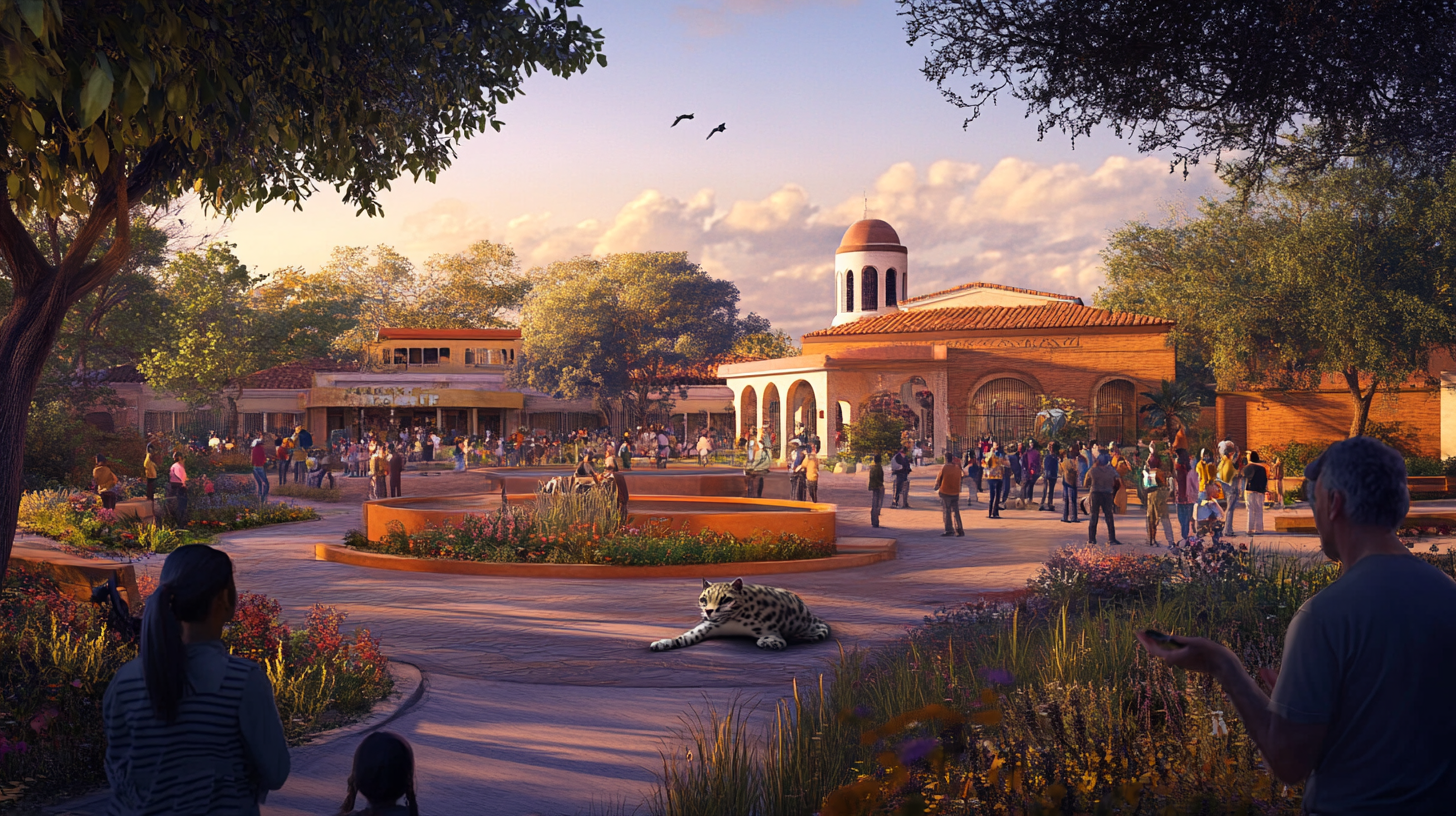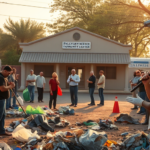Gladys Porter Zoo Introduces New Ocelot as Part of Repopulation Effort
Amid ongoing efforts to restore the ocelot population in South Texas, Gladys Porter Zoo in Brownsville has proudly announced the arrival of a new resident: a seven-year-old male ocelot named Ignacio. This addition is a significant stride in the zoo’s commitment to conservation and biodiversity preservation, particularly for species native to the Americas.
An Ambitious Conservation Goal
The introduction of Ignacio, or “Iggy,” is a critical component of the Gladys Porter Zoo’s broader strategy to bolster ocelot populations through both natural cohabitation and advanced reproductive methods such as artificial insemination. These efforts align with initiatives across other U.S. zoos, addressing the challenges faced in breeding wild felines.
According to Patrick Burchfield, Gladys Porter Zoo Director, the zoo has experienced difficulties in previous attempts to breed Iggy’s future companion, Leeloo, via artificial insemination. “We’ve tried twice, unfortunately without success, but we’re dedicated to forming a breeding pair with Iggy and Leeloo,” Burchfield explained. This innovative approach involves sourcing genetic material from ocelots in Mexico, emphasizing international collaboration for conservation.
The Bigger Picture: South Texas and Ocelot Preservation
Ocelots, particularly those from the South American region like Iggy, play a vital role in biodiversity. Their presence in Texas, however, has been under threat due to habitat loss and fragmentation. By fostering a breeding environment at the zoo, there is hope for increasing genetic diversity and strengthening population numbers in the region.
In addition to local population growth, the zoo’s efforts contribute to broader ecological goals. Melissa Garza, a local wildlife expert, underscored the significance of these initiatives: “Ocelots are a keystone species. Their recovery can benefit the entire ecosystem,” she stated. The potential reintroduction into Texas habitats could enhance ecological balance, supporting diverse plant and animal life.
Community and Economic Impact
For Valley residents, the addition of Ignacio brings more than just biodiversity benefits. It presents a unique opportunity for educational engagement and community involvement. The Gladys Porter Zoo anticipates increased visitor interest, leading to potential economic boosts for local businesses reliant on eco-tourism.
Eduardo Moreno, a nearby cafe owner, expressed enthusiasm about the potential influx of visitors: “The ocelot project is fantastic. More visitors mean more business, and that’s great news for everyone here in the Valley,” he noted.
By drawing attention to conservation issues, the initiative also fosters a culture of environmental awareness among community members. Schools and educational groups are expected to incorporate these themes into their curricula, connecting scientific concepts to real-world applications.
Overcoming Breeding Challenges
The process of breeding ocelots is not without its hurdles. Wild cats are notoriously difficult to breed in captivity due to specific environmental and behavioral needs. By cohabitating Ignacio and Leeloo, the zoo hopes to encourage natural breeding behaviors while maintaining plans for artificial insemination as a backup.
Patrick Burchfield emphasized the importance of adaptable strategies, stating, “If we secure genetic material from Mexico, we have the option to return to artificial insemination, provided we address the cats’ reproductive health,” an approach demonstrating the nuanced nature of conservation efforts.
Future Prospects and Opportunities
The recent introduction of Ignacio marks just the beginning of an exciting chapter for the Gladys Porter Zoo and ocelot conservation efforts in the RGV. Building a new exhibit to house the pair is already underway, representing the zoo’s dedication to creating an optimal environment conducive to breeding.
Looking ahead, these efforts complement national and international conservation goals, contributing valuable data that can inform future strategies for protecting vulnerable species. The zoo’s work not only benefits the ocelot population but also enhances the global understanding of how to successfully conserve and manage at-risk animal groups.
Engaging the Public in Conservation
Valley residents are encouraged to participate in this conservation story by visiting the Gladys Porter Zoo to learn more about ocelots and other critical species. The zoo also offers various interactive programs and lectures aimed at increasing public knowledge about conservation efforts and their significance to the region’s natural heritage.
For further information or to support the breeding program, residents can contact the Gladys Porter Zoo directly. Contributions to these initiatives can help ensure that ocelots—and many other species—continue to thrive in their natural habitats.
As the new chapter unfolds, it not only highlights the importance of preserving wildlife but also serves as a rallying point for communities to unite around conservation efforts that promise to leave a lasting impact on the Rio Grande Valley and beyond.







